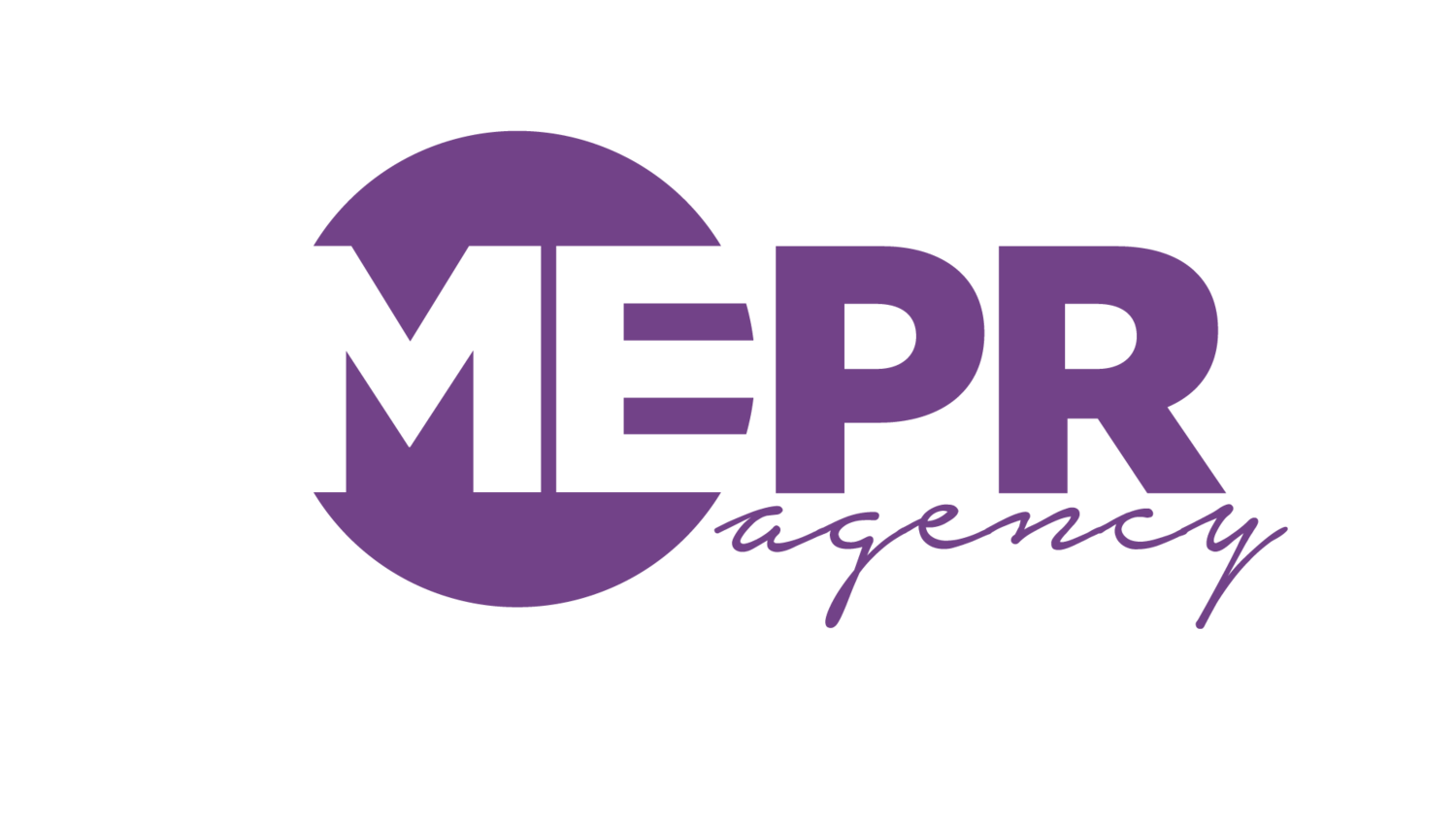Nonprofit and Small Business Marketing for the New Year
Strategy means following the numbers and developing the narrative to support it. Create a well-informed plan to connect to the right audience.
As we approach the end of the year, we should all - individuals and businesses alike - be thinking about how to go into the New Year with a bang, or more specifically a plan, action items, and how to measure its success. Although the process of how you can maximize your marketing should always be on your mind, this time is especially important for small businesses and nonprofits.
As you prepare for Small Business Saturday, your end of year philanthropic giving, your team’s strategic planning, or just some reflection on how to do better, consider some of the below points as guiding questions.
Put your audience first. Each blog, advertisement, or overall marketing that you create must be tailored to your specific audience. Consider multiple dimensions of your consumer. Age, ethnicity, lifestyle, socioeconomic status and psychosocial factors should be thoughtfully incorporated into your messaging. If you don’t have the capacity to do your own market research, take advantage of Nielsen reports or analyze similar companies to personalize your message. Develop segmented email lists with targeted content to provide your audience with periodic updates (not spam!) and give them a way to keep in touch.
Deliver your message on the channels your consumers use. For example, if your audience is mostly business professionals, it might not make as much sense to prioritize making a beautiful Instagram page. In this case, maybe you should focus on sharing articles and participating in groups on LinkedIn. Focus on high impact platforms that your customers use. Being online is no longer optional, so make sure you choose and robustly develop a channel that’s easy for your target audience to access and is mobile-friendly.
Emphasize your story. Storytelling is an essential. Unlike bigger brands, your story has the ability to be more authentic. Use the ability to humanize your message to your advantage and ensure that the personal touch of your brand isn’t lost.
Choose your words carefully. Be intentional in naming and tagging items and links on your website. Search engine optimization is a must. Choose keywords that are direct and relevant to get you noticed. Many users don’t go past the first page of their Google search results. If necessary, consider avenues likes Google Adwords to increase visibility.
Use social media to your advantage. Engagement (the number of likes, comments, and purchases) can be more important than reach (how many people see your posts). But either way, we’d suggest only use one of those analytics for your measurement. If you are struggling to build a following, consider paying to boost your ads as opposed to buying followers. You want your audience to take action in purchasing your product and sharing your message. It’s no good to have hundreds or thousands of “ghost” followers who never engage with your page. Also, be sure to interact with your followers! Like and reply to comments, follow back, and respond to direct messages to strengthen consumer relationships.
Connect, connect, connect. Creating connections is the key to building relationships and developing loyal customers. After you’ve developed your audience persona (or outline of your key audience member), it might be easier for you to find events, organizations, volunteer work, and other avenues to engage with them. Partner with other local businesses. Remember, collaboration is the new competition. Offer referrals. Host events. Participate in promotions - like a local Giving Tuesday or Small Business Saturday event - that will be publicized to your audience. All of these things give you an opportunity to get facetime with potential customers.
Think you’ve got all these tips down? Do an audit. Ask someone who is less familiar with your company to analyze your marketing materials, social media pages and website, or hire a consultant. We have a great referral! Can your audience tell what you do and what your brand story is? Be sure to pull the analytics for each platform, too. Many sites offer this service for free.
Strategy means following the numbers and developing the narrative to support it. Create a well-informed plan and give it six months before making more changes.
Do you need more? We’d be happy to help with your communications plan, social media strategy, or implementation.

